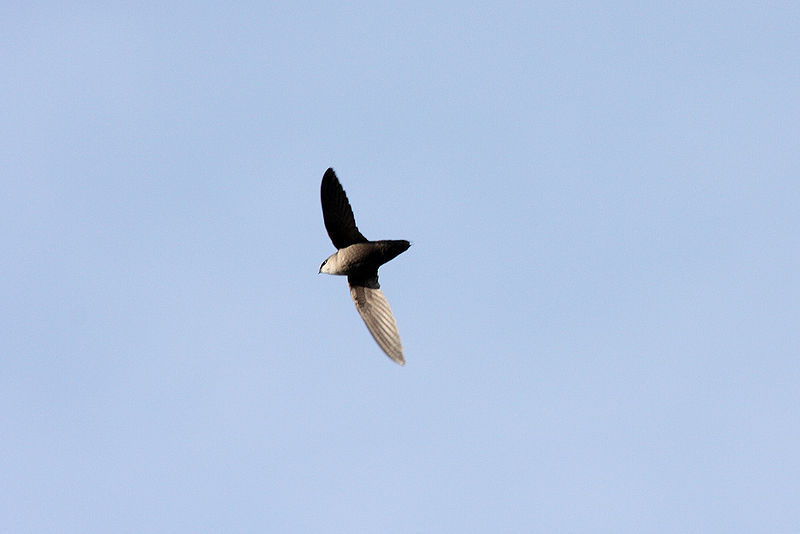Offer
Provide additional details about the offer you're running.
Provide additional details about the offer you're running.
Provide additional details about the offer you're running.

Feature Image: Dominic Sherony (Chimney Swift) [CC BY-SA 2.0 (http://creativecommons.org/licenses/by-sa/2.0)], via Wikimedia Commons
These birds spend so much time in-flight that they even bathe while on the go. They will glide toward a water surface, quickly dip their bodies in and shake it off as they continue to fly.
This being said, chimney swift does face a number of challenges, as their population here in Canada has decreased by 95% since 1968. Through SwiftWatch, you can help by volunteering and reporting sightings to help bring back these beautiful birds and re-establish their habitat. Bird Studies Canada and their partners are working with schools, homeowners, building managers, and townships to protect these birds and their nesting sites. We will be taking part in this effort this spring and hope you will join us. Stay tuned for more updates from us by following our Facebook page.
Where to find the Chimney Swift
Given the birds affinity to chimneys, these birds are traditionally found in urban and suburban habitats throughout the eastern United States and southeastern Canada during the spring and summer months. As winter moves in on their summer range, these birds will cross the islands of the Caribbean, the eastern coast of Central America and finally settle in the warm climates of Colombia, Ecuador, Peru and the western portion of Brazil.
Identification
Well, as you probably can imagine, you will likely encounter this bird-in-flight, as they feed on the wing. They are small and “swift” in size featuring narrow, curved wings and a tapered tail. They are traditionally a dark grayish-brown colouring all over their bodies, but the throats can be a slightly paler colour. You can spot them by identifying their nearly constant wingbeats or by listening for their high-pitched chattering call as they fly by.
Vocals
The call of the chimney swift really matches the personality of the bird. This high-pitched, high-paced call is one of a busy bird that sounds much like a very fast succession of chip notes that can almost sound the same as insect chatter.
High Quality Blend